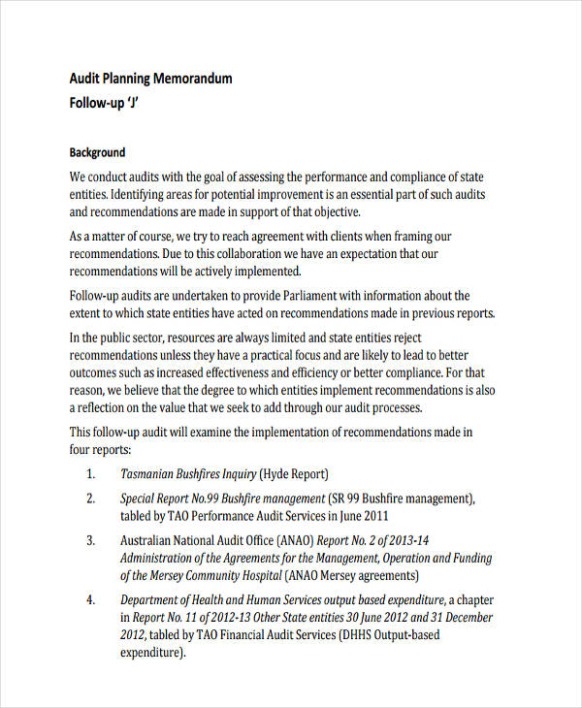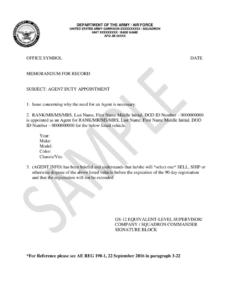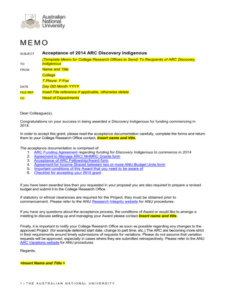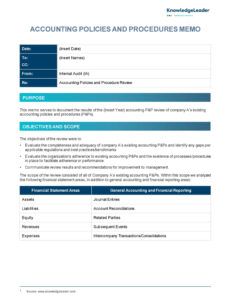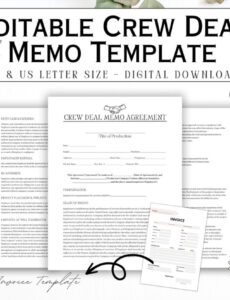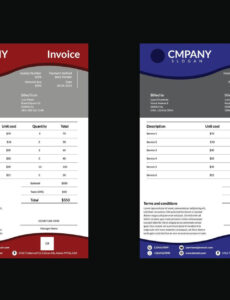Risk acceptance memo template -Want to deliver a short announcement to your workgroup, your boss, or even just a teammate nearby? Skip the never-ending email threads and get straight to business with a memo! Memos, short for memorandums, are great for in-office correspondence. They’re time-saving, straightforward, and ensure your message gets across clearly. And the best part? You won’t have to start with a blank slate. A ready-made memo file can save you time and ensure your communication looks professional.
A professionally crafted layout isn’t just about aesthetics; it’s about functionality and polish. By using a uniform design, you guarantee that all essential information, such as the time stamp, addressee, author, and topic line, are consistently included. This predictability makes it straightforward to see the intent and background of the memo, minimizing confusion and maximizing the impact of your message. It’s all about helping your audience stay focused for your team.
Within this guide, we’ll delve into the realm of complimentary memorandum formats, examining their importance, how to locate great examples, and how to maximize their benefits. We’ll also go over some useful guidelines for writing effective memos that get your message across clearly. Get ready to streamline your internal communication process and leave the stress of memo writing behind!
Truth be told, time is money. In a hectic office setting, each moment matters. Starting a memo from zero whenever you need to send an update can be an unexpected time drain. A pre-made memo format provides a ready-to-use layout, cutting down on effort and hours. You simply need to enter the necessary content, such as the names and message details, and the core text. No more fiddling with margins, fonts, or headings!
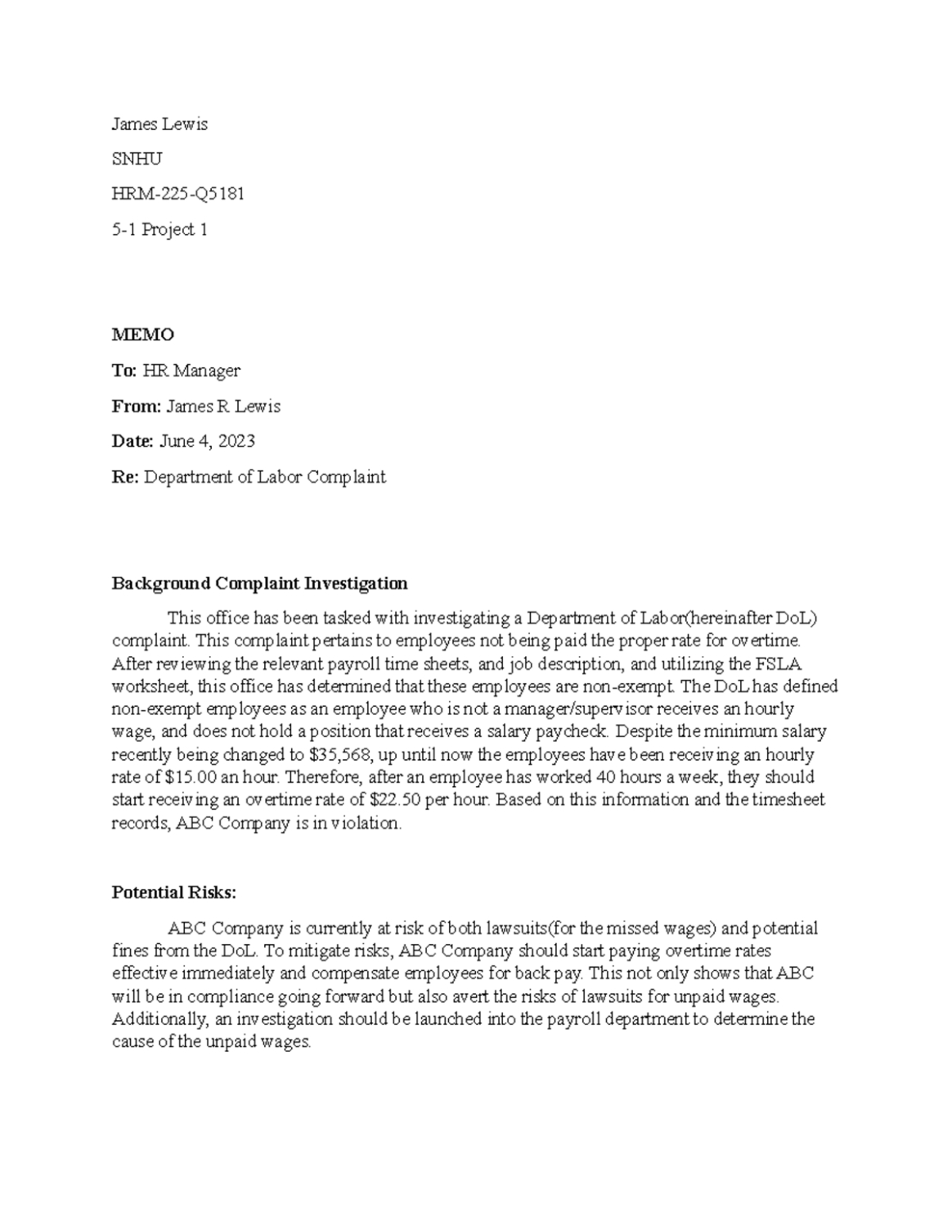
Think about a situation in which each employee crafts their memos with varied styles, layout preferences, and content depth. It would be a visual nightmare, making it hard to extract relevant data at a glance. A memo template eliminates this confusion by providing a prebuilt framework that helps organize thoughts clearly. This saves time for both the sender and the receiver.
So, what essential elements should be included in a memo template? The basic elements typically include the following labels: To, From, Date, and Subject. The “To” section specifies the intended audience. The “From” section names the author. The “Date” marks the time of creation, and the “Subject” provides a concise summary of the memo’s purpose. These four elements alone can make a huge difference!
Here’s the upside: a wide range of platforms offer free memo templates. The challenge lies in finding one that suits your specific needs and preferences. One of the top options to check is within your existing software. Microsoft Word, Google Docs, and other word processing programs often contain ready-to-use memo layouts. These templates are typically user-friendly and flexible.
While a template provides a standard format, it doesn’t mean you’re stuck with a rigid structure. Most templates are adjustable, so you can personalize the layout to suit your requirements. You can adjust the font, add your company logo, or modify the headings to better reflect your organization’s brand and style. The key is to strike harmony between consistency and customization, providing clarity while staying true to your style.
After recognizing the template’s advantages, let’s explore the key elements that should be included and some guidance to customize it for your team. The most basic memo template will typically include a recipient section labeled “To”, a slot for the author’s name, a line to show the memo’s creation date, and a “Subject” field to briefly describe the memo’s purpose. These are the core parts of any standard memo.
Besides the essentials, you might include intro, main, and ending sections. The intro must explain the intent of the message and provide a brief overview of the information you will be presenting. The body paragraphs should deliver your detailed points, structured logically with helpful examples. The closing paragraph should restate your primary conclusions and mention the expected next move, if relevant.
As a final consideration, consider the file format of the template. Most free memo templates are available in Word (.docx), Google Docs, or PDF format. Choose a format that is compatible with your software and easy to edit. It’s also a good idea to save a copy of the original template before making any changes, so you can go back to the default version if things go wrong. Using a free memo template can significantly improve your business communication.
To conclude, don’t be afraid to test various styles and structures to find what suits your team’s style. Test your memo template with a group of employees and gather feedback. Use this feedback to enhance the design for better results. A strong internal memo format can make a noticeable impact on your internal messaging, so it’s worth putting in time to fine-tune it. Think of the time you’ll save not having to format each memo individually. It’s all about saving time and increasing understanding. By using a uniform approach throughout the company, you’ll ensure that everyone is on the same page, literally and figuratively.
